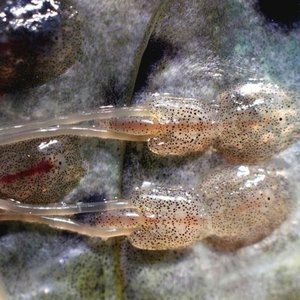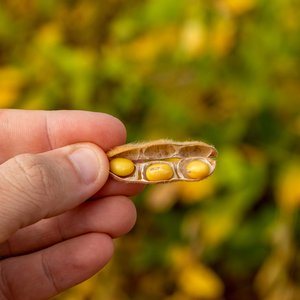One of the identified difficulties in rearing larval fish is providing them with the correct prey items. This includes food that they recognize as edible (i.e. they are activated by motion of prey to eat) as well as food they are able to digest at that particular stage in life.
At Bribie Island Aquaculture Research Station (BIARC) north of Brisbane, the genetic code for digestive enzymes are being isolated and used to study the activity of particular enzymes that are active during the mullet's larval life. The genetic code can also be used to assess the response to diet and hence maximize growth and survival. This means the fish can be fed diets and tested for a response in the amount of individual digestive enzymes. The absence of an enzyme in the larval gut may indicate that the fish are incapable of digesting certain food types at that stage of life, allowing more digestible feeds to be developed.










